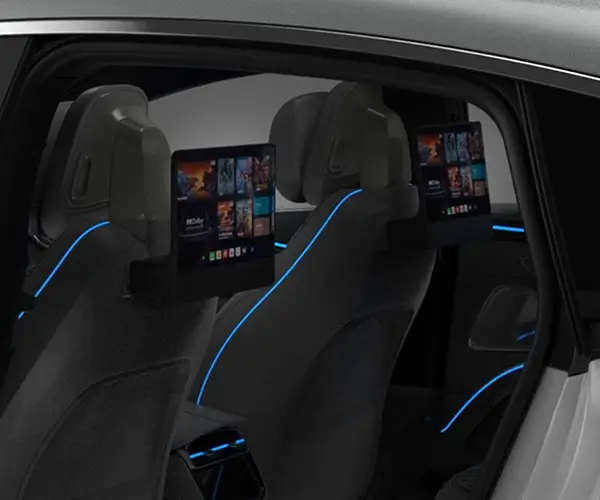Ever wonder how some apps seem to run so smoothly, even when they’re packed with thousands of users? That’s where the magic of MVC and microservices architecture really comes into play. They’re like the secret ingredients chefs don't usually talk about but make all the difference in the end product.

Let's start with MVC — Model-View-Controller. Ever seen a web app where you click a button, and suddenly, the page updates without reloading? That’s MVC in action. It splits the app into three parts: the Model, which is the data; the View, what you see on screen; and the Controller, which acts as the middleman. Think about your favorite social media platform. When you scroll through your feed, the app fetches data, displays it, and handles your interactions, all neatly separated. This separation makes updates and maintenance way easier. Whether it’s fixing bugs in the data layer or tweaking how things look, nothing needs to touch the other pieces.
Now, microservices architecture is what makes scaling seamless in today’s cloud-drenched world. Instead of building a monolithic structure where everything’s tangled up, microservices split functionalities into small, independent pieces. Want your payment system to be more resilient? Just upgrade that part without messing with user profiles or messaging. For example, imagine Netflix. Their service isn’t just one big thing; it’s different services orchestrated to give you smooth streaming, personalized recommendations, and swift search results — even if one part crashes, the rest keeps going.
People often ask, “Isn’t microservices more complicated?” Sure, managing dozens of services sounds intimidating at first. But it creates a flexible environment where developers can push updates faster, troubleshoot issues quicker, and scale services on demand. Plus, it’s way better for adopting new tech, because you don’t have to overhaul everything at once. Want to add a new feature? Just develop a small microservice, plug it in, and watch everything stay responsive.
Why combine the two? MVC keeps user interactions clean and simple on the front end, making sure the user experience stays smooth. Meanwhile, microservices handle the backend’s heavy lifting without slowing down the whole system. It’s like having a well-organized kitchen—everyone knows what to do, and the meal comes out perfectly every time.
Thinking about scaling up and modernizing? This combo is more than a trend; it’s a game-changer. With MVC and microservices working hand in hand, organizations break free from clunky old systems, moving faster, smarter, and more resilient. It’s a wild tech jungle out there, but those who adopt these architectures find themselves way ahead of the curve.
Established in 2005, Kpower has been dedicated to a professional compact motion unit manufacturer, headquartered in Dongguan, Guangdong Province, China. Leveraging innovations in modular drive technology, Kpower integrates high-performance motors, precision reducers, and multi-protocol control systems to provide efficient and customized smart drive system solutions. Kpower has delivered professional drive system solutions to over 500 enterprise clients globally with products covering various fields such as Smart Home Systems, Automatic Electronics, Robotics, Precision Agriculture, Drones, and Industrial Automation.




































